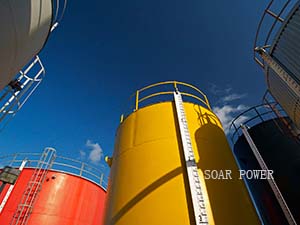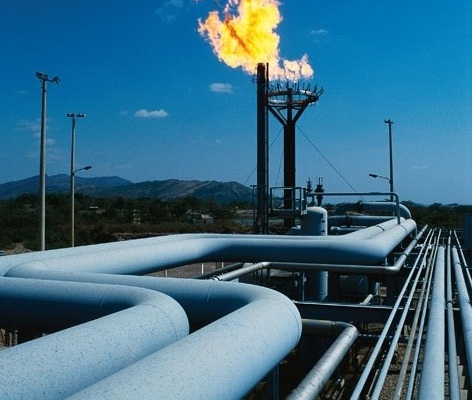











|
Fuels refer to any substance that can be burnt to produce heat or power. It mainly contains carbon or hydrocarbons. The options of power plants fuel should be considered based on energy resources, policy factors, fuel prices and power plants applications in the user's local. Gas is environmental and heavy fuel oil is economic. The fuel of our power plants range from natural gas to biofuels, not only gas but also fuel oil. The power plant can use not only single fuel but also dual fuel, not only high calorific value fuel but also low calorific value fuel, even perhydrous gas. The diversity of fuel, the flexibility of dual fuel, provide you with a wide choice.
Classification of the Fuels:
1. Based on different sources of fuels, they can be classified into Fossil fuels, Biofuels, Synthetic fuels and Nuclear fuels.
1.1 Fossil fuels, including petroleum fuels (such as diesel, heavy oil, crude oil), natural gas, coal, etc.
1.2 Biofuels, include Liquid biofuels and Gaseous biofuels, and the biofuels is renewable energy;
● Liquid biofuels,include biodiesel, cracked vegetable oil (non transesterification), etc;
● Gaseous biofuels, include biomass gas, biogas, etc.
1.3 Synthetic fuels, include synthetic liquid fuels and synthetic gaseous fuels.
● Synthetic liquid fuels, include Methanol fuel, Coal to Liquid (CTL), Biomass to Liquid (BTL), Hydrogenated vegetable oil (HVO), Power to Liquid (PTL), and Gas to Liquid (GTL).
● Synthetic gaseous fuels, include Synthetic natural gas (SNG), Synthetic ammonia, Aquafuel, etc.
1.4 Pyrolysis fuels, including pyrolysis oil fuels (such as tire pyrolysis oil, plastic pyrolysis oil, etc.) and pyrolysis gas fuels.
2. According to the form of fuels, they can be classified into Liquid fuels, Gaseous fuels and Solid fuels.
2.1 Liquid fuels, including liquid fossil fuels, liquid biofuels, synthetic liquid fuels, and pyrolysis oil fuels.
2.2 Gaseous fuels, including natural gas, coal gas, gaseous biofuels, synthetic gaseous fuels, and cracked gas fuels.
2.3 Solid fuels, including solid fossil fuels and solid biofuels.
The power plant can use fossil fuels (such as fossil oil, natural gas, and coal, etc.) or renewable energy sources (such as water, wind, solar energy, and biomass energy, etc.). In short, it is economical and environmentally friendly to choose fuels or energy forms that are easy to get and suitable for you.
The fuel of our power plant include Liquid fuels, Gaseous fuels, and Dual fuels.
● Liquid fuels (Fuel Oil): Diesel fuels, Heavy fuel oil, Crude oil, Liquid biofuels (such as Biodiesel, Non-transesterified vegetable oils, etc.), Synthetic liquid fuels (such as CTL, Methanol fuel, BTL, HVO, PTL, and GTL, etc) and Pyrolysis oil (such as tyre pyrolysis oil, plastic pyrolysis oil, etc.).
● Gaseous fuels: Natural gas (including Unconventional natural gas such as oilfield associated gas, coalbed Methane, and shale gas, etc.), Gaseous biofuels (such as biomass gas and biogas, etc.), Coal gas (such as furnace gas, water gas, and semi-water gas, etc.), Synthetic gaseous fuels (such as SNG, Synthetic ammonia, Aquafuel, etc.), and Industrial Tail Gas (such as coke oven gas, semi-coke gas, and converter gas, etc.).
● Dual fuels: Our dual fuel engines run on both gas fuels and liquid fuels.





